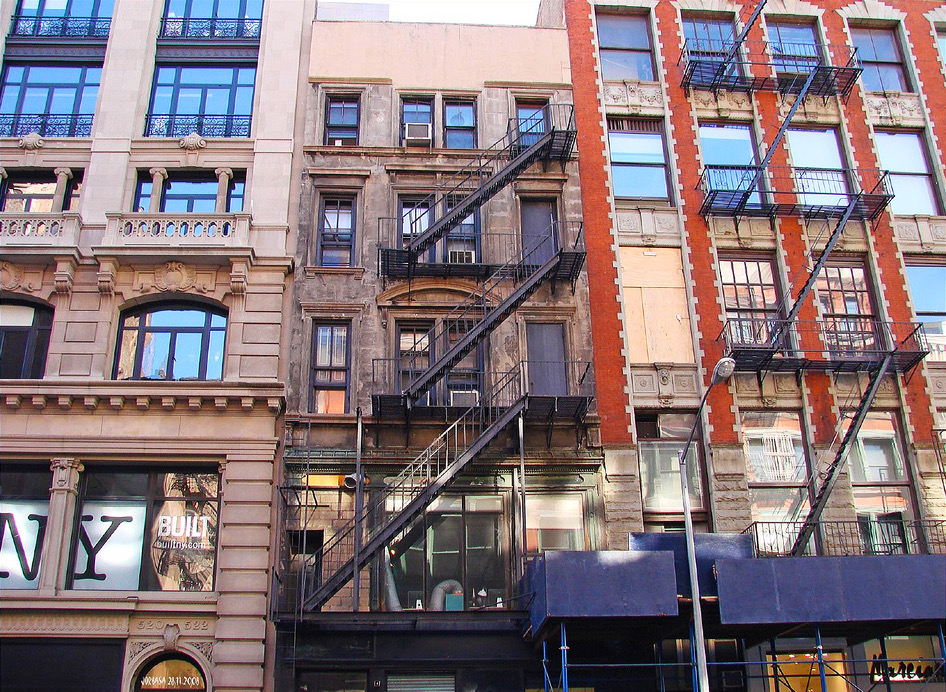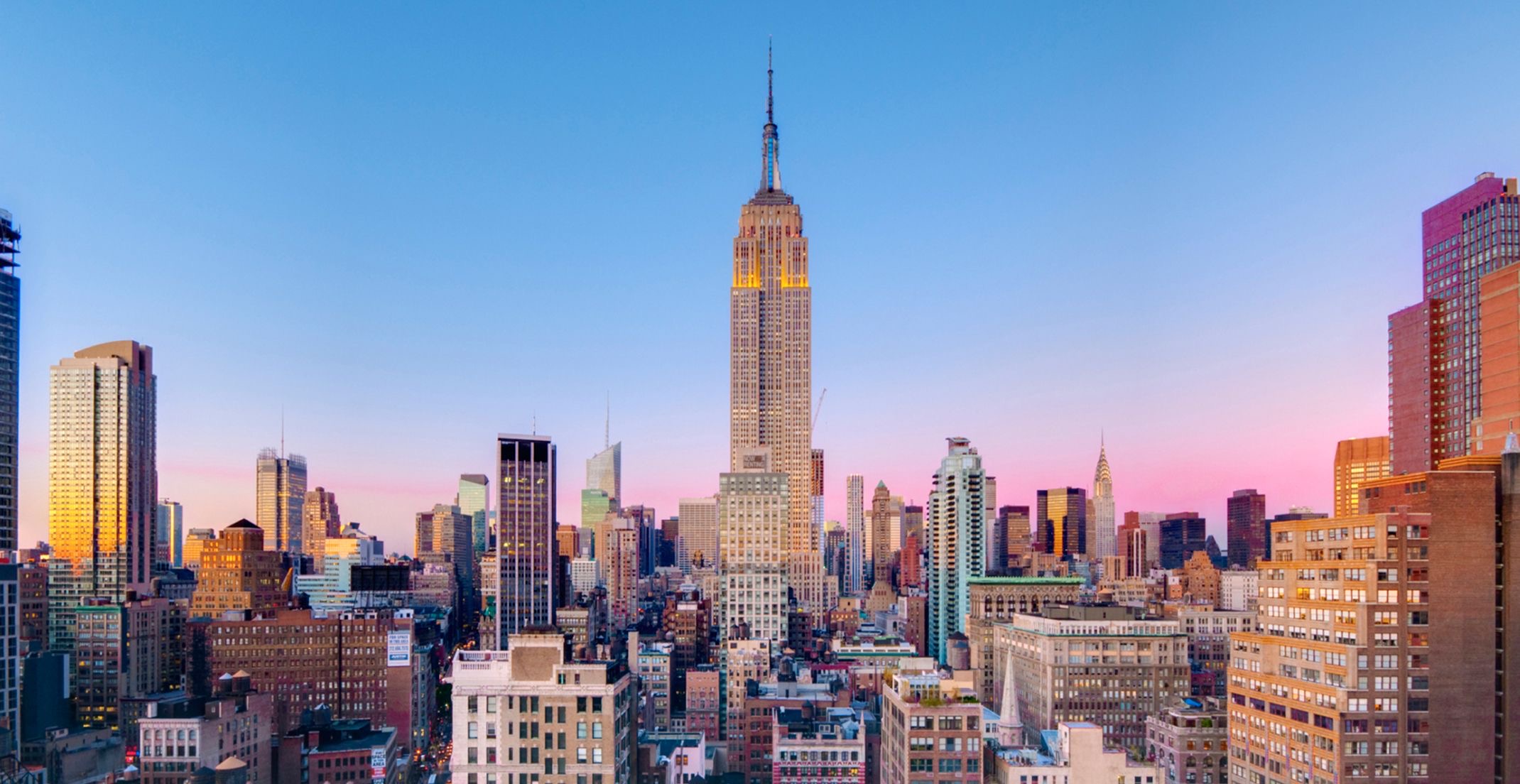
New York’s first step towards rent regulation can be traced back to the 1920s.[1] The history of rent control in New York has been a battle between owners and tenants for quite some time. In general, rent controlled apartments must be in buildings of three or more units constructed on or before February 1, 1947 and tenants must have occupied their apartment since at least July 1, 1971.[2] Under rent control, the maximum rent is determined by statute, through the Maximum Base Rent formula.[3] The Maximum Base Rent formula allows a landlord to increase monthly rent charges in order to recoup the costs of owning the building.[4] In addition, hardship increases may be allowed in specific circumstances, including when there is substantial rehabilitation to the building, and to recover the cost of major capital improvements.[5] When a rent-controlled apartment becomes vacant, it is subject to rent stabilization, or, if it does not meet the requirements of rent stabilization, it is deregulated entirely. If a rent-controlled apartment becomes vacant, and the maximum legal rent exceeds $2,000.00 instead of remaining under rent stabilization, the unit is deregulated.
Under the NYC Rent Stabilization Law, rent-stabilized apartments are subject to certain statutory rent increases, including a 20% increase for a two-year lease upon vacancy.[6] In addition, rent Stabilization Law §26-504.2 [a] provides for the deregulation of rent-stabilized apartments that reach a threshold of legal regulated rent. Specifically, deregulation will apply to:
“any housing accommodation which becomes vacant on or after [April 1, 1997] and before the effective date of the rent act of 2011 and where at the time the tenant vacated such housing accommodation the legal regulated rent was two thousand dollars or more per month; or, for any housing accommodation which is or becomes vacant on or after the effective date of the rent regulation reform act of 1997 and before the effective date of the rent act of 2011, with a legal regulated rent of two thousand dollars or more per month.”[7]
Owners have been abiding by Rent Stabilization laws for years but, when Richard Altman decided to sue his owner for illegally deregulating the unit he leased in 2003 by counting the 20% rent increase allowed by statute to push his rent over the $2,000.00 threshold, uncertainty spread throughout New York. For apartments involuntarily placed under rent regulation in New York City, those regulations were removed when a vacant apartment crossed a certain rent level. However, previously unresolved in the case law was whether, in order to effect deregulation, that rent level had to be reached during the tenancy of the last tenant prior to vacancy, or could be reached through implementation of various increases allowed to owners between two actual tenancies, such as the 20%.
Initially, in 2015 the New York Appellate Division for the First Department ruled in favor of Richard Altman, holding that although the owner was entitled to a 20% rent increase for Altman’s initial lease, that increase did not serve to deregulate the apartment because the rent was not over $2,000.00 at the time the prior tenant vacated the premises. The decision by the Appellate Division caused mass uncertainty by owners and tenants who had been previously deregulated by the 20% increase. Tenants believed they had won and were ready to start filing lawsuits to return their units to rent stabilized and collect damages for over paid rent. While tenants were excited about the court’s ruling the decision left landlords in a very difficult position because they had previously followed the law by including the 20% to deregulate the apartments and were facing potentially thousands of dollars in back-pay to tenants and thousands of apartments being re-stabilized. However, the Altman decision was appealed and heard by the New York Court of Appeals.

April 26, 2018 was a monumental day for landlords who were facing potential re-stabilization of thousands of previously deregulated apartments. The Court of Appeals introduced Altman with the statement that it must determine whether the 20% vacancy increase should be included in determining if the rent of a unit exceeds the $2,000.00 threshold. To tenant’s dismay, New York’s highest Court ruled in favor of the landlords allowing vacancy rent increases to be used to boost a unit’s cost over the deregulation threshold. Ultimately, the Court of Appeals ruled that the 20% increase should be considered when determining the legal regulated rent at the time of the vacancy. The decision was a massive defeat for Altman and all other tenants hoping to re-stabilize their rent. The Court of Appeals Chief Judge Janet DiFiore wrote in her decision that state law makes it clear the vacancy rent increase should be counted when figuring if any apartment has reached the deregulation threshold. “The legislative history could not be clearer and leaves no doubt that the Legislature intended to include the vacancy increase,” DiFiore wrote.[8] The unanimous ruling by the Court of Appeals prevents the unjustified re-stablization of thousands of apartments that were appropriately deregulated according to law. It also prevents thousands of deregulated tenants from receiving a windfall in the form of a rent-stabilized apartment with a below-market rent.

The New York Court of Appeals decision will continue to allow landlords to deregulate units and buildings that were once rent stabilized. In a city where rent is continuing to increase and become unaffordable, rent stabilized apartments will continue to decrease. Unfortunately, for tenants seeking rent stabilized apartments there are not many left and there will not be new rent stabilized apartments appearing on the NYC real estate horizon. The endless new construction taking place all over New York will continue to make landlords deregulate apartments and drive rent prices up. Bear in mind if you are one of the lucky few living in a rent stabilized apartment, hold on to it for as long as you can. Otherwise, it will be like looking for a need in a haystack of brand-new, highly-priced, luxury apartments.
[1] Peter D. Salins & Gerard C.S. Mildner, Scarcity By Design: The Legacy of New York City‘s Housing Policies, 120-21, 52-53 (1992).
[2] N.Y.C. Admin. Code 26-403(e)(2)(h).
[3] N.Y. Comp. Codes R. & Regs. tit. 9, 2201.4.
[4] Id.
[5] N.Y. Comp. Codes R. & Regs. tit. 9, 2201.4(b)-(c).
[6] Rent Stabilization Law §26-511 [c] [5-a].
[7] Altman v. 285 W. Fourth LLC, 2018 NY Slip Op 02829.
[8] Id. at 6.

Elizabeth
Rent stabilization has been a topic of fascination for many current and former New York City residents as prices for apartments continually increase. In the 1970s, rent stabilization was brought about to replace rent control to better accommodate housing market changes. The rent stabilization system of rent regulations currently covers around one million apartments. This week, rent increases went into effect that will allow increases of 1.5% on one-year renewal leases and 2.5% on 2-year renewal leases. This will apply to any apartments with leases signed between October 1, 2018 and September 30, 2019.
The Court’s decision in Altman this past April was an unfortunate one for tenants that had significant ramifications. Public officials have complained that the 20% vacancy allowance has probably led to the high number of evictions the city has seen lately.[1]
It is interesting to think about rent stabilization in the context of affordable housing. One affordable housing program in Manhattan, the Housing Choice Voucher program, allows tenants in certain buildings to pay 30% of their income toward rent. Unfortunately for tenants, there is no longer funding for this program and the waiting list for Section 8 vouchers is closed. However, there are protections for tenants to prevent discrimination. For example, it is illegal for landlords to deny tenants the ability to pay using a rent subsidy.
There are also Mitchell-Lama rental buildings, which were created as part of a middle-income housing development program in the 1950s. In these buildings, tenants can freeze their rents and, in some cases, receive additional assistance through various programs. However, if the building was built after 1974 (when rent stabilization laws were applied), tenants could be subject to rent hikes resulting in market prices or eviction if no rent-subsidized contract is negotiated.[2]
The Housing Development Corporation states that it has spent $548 million on financing the creation and maintenance of 25,000 low, moderate, and middle-income housing. Last year Mayor de Blasio voiced that his office is on schedule to have 300,000 affordable apartments by 2026. In addition, he announced a new “Neighborhood Pillars” program that will provide $275 million to identify changing neighborhoods and prevent investors from eliminating rent-regulated apartment buildings.[3]
In determining the best solutions for the housing problems faced by New York City residents, city housing authorities should consider efficiency and cost-effectiveness. One issue in determining efficiency, or housing the greatest possible number of potential recipients, is what range of income levels should qualify for affordable housing, as there are some individuals who make enough money to afford a much higher level of rent than that provided by affordable housing. Vouchers seem to be more effective than supply-side subsidy programs (in which the government provides funds to project-based housing construction) in helping impoverished individuals gain access to affordable housing. However, it remains to be seen whether they would be more effective than demand-side programs (in which the government partially funds rent costs for tenants of affordable housing).[4] Overall, it is important that these programs survive in some form or another as the island of Manhattan becomes ever more crowded and gentrification increases.
________________________________________________________________________________________________________________________
[1] Amy Plitt, Rent-stabilized NYC Apartments See Rent Hikes this Week – Here’s What that Means, CURBED NY (October 2, 2018, 12:34 PM), https://ny.curbed.com/2018/10/2/17928074/nyc-rent-stabilization-regulations-increases
[2] New York City’s Affordable Housing Programs, METROPOLITAN COUNCIL ON HOUSING, http://metcouncilonhousing.org/help_and_answers/nyc_affordable_housing_programs
[3] Office of the Mayor, Mayor de Blasio to Complete Affordable Housing Plan 2 Years Ahead of Schedule, Accelerate Pace and Expand Goals, NYC (Oct. 24, 2017), https://www1.nyc.gov/office-of-the-mayor/news/682-17/mayor-de-blasio-complete-affordable-housing-plan-2-years-ahead-schedule-accelerate-pace-and#/0
[4] Adam Zeidel, Affordable Housing: The Case for Demand-Side Subsidies in Superstar Cities, 42 URB. LAW. 135 (2010).